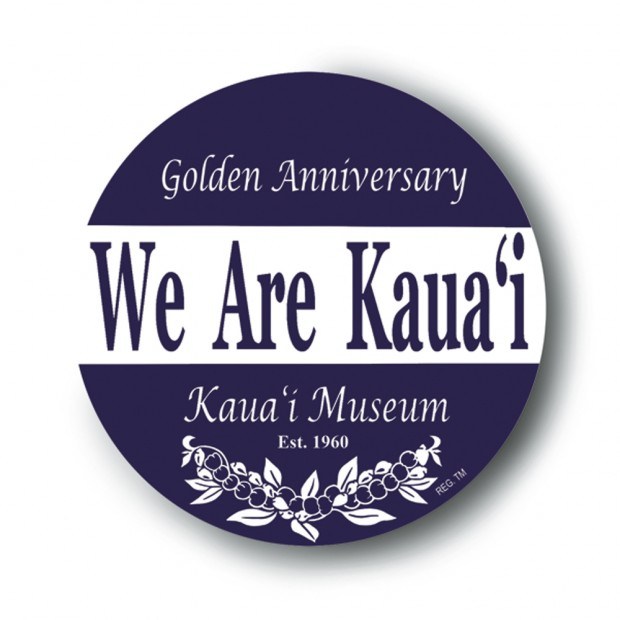LIHU‘E — There are three large groves of coconut trees on Kaua‘i planted for the purpose of producing copra, the dried coconut meat from which oil is extracted. Coconut oil was then used extensively in cosmetics and food products while
LIHU‘E — There are three large groves of coconut trees on Kaua‘i
planted for the purpose of producing copra, the dried coconut meat
from which oil is extracted. Coconut oil was then used extensively
in cosmetics and food products while the fiber, called coir, from
the husks was used to make rope and mats.
Editor’s note: On Dec. 3, the Kaua‘i Museum celebrates its 50th anniversary. Museum leaders have chosen 50 stories from exhibits, collections and archives of the museum to share with the public. One story will run daily through Dec. 3.
LIHU‘E — There are three large groves of coconut trees on Kaua‘i planted for the purpose of producing copra, the dried coconut meat from which oil is extracted. Coconut oil was then used extensively in cosmetics and food products while the fiber, called coir, from the husks was used to make rope and mats. There were many stands of coconut trees, but not on the scale needed for commercial production. Over the years, many commercial crops in Hawai‘i had been subjected to diseases and pests that severely affected the income of farmers. Some of the planters used coconuts from other places instead of Hawai‘i in the hope that trees from other places, maybe different varieties, would survive. Not much work had been done on studying coconut trees at that time.
The first grove of Samoan coconuts was planted by William Lindeman in 1896. The remnants of those 2,000 coconut tree nuts surrounded the famed Coco Palms Resort in Wailua. The second grove was planted by Edward H.W. Broadbent in 1911 at Waipouli. Some of those trees still stand around the Coconut Marketplace. The third and final grove of about 750 trees by H.P. Fayé at Waimea in the early 1920s using coconuts from Central America. They were planted in the pastures of the Waimea Dairy. Waimea Plantation Cottages is surrounded by the trees. All of these trees are near or well past their life spans of 100 years.
In 1913 The Garden Island newspaper ran an article about Broadbent’s new grove made up with 1,100 trees.
The land he planted was considered to be coral deposits and unfit for growing anything. In the interview, Broadbent explained his method. As it was not possible to blast, men created holes using a pick down through a floor of solid limestone several inches in thickness. Once through this water was struck. In these holes a square box was placed. In this was placed a tree and the richest soil that could be found. Around the outside of the tubs was placed the coral and soil from the original hole. The trees there grew as fast as any had seen.
Asked if he had tried other methods, Broadbent said he had planted trees around his home where the land was somewhat higher, but the holes didn’t hit water. They weren’t doing as well.
As to how well they did as a crop, it is not clear, but the Waimea grove was only used commercially during World War II when Waimea Dairy experimented with coconut butter to make up for shortages.



